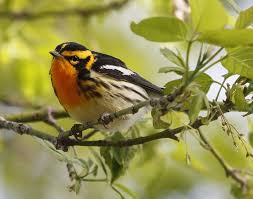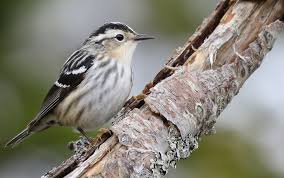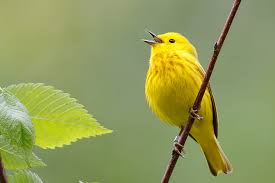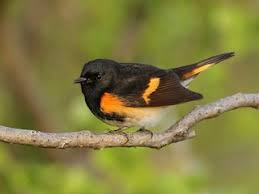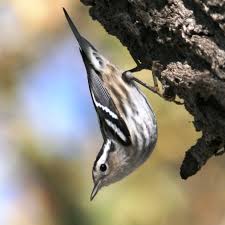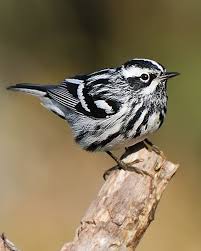by DJ Featherton

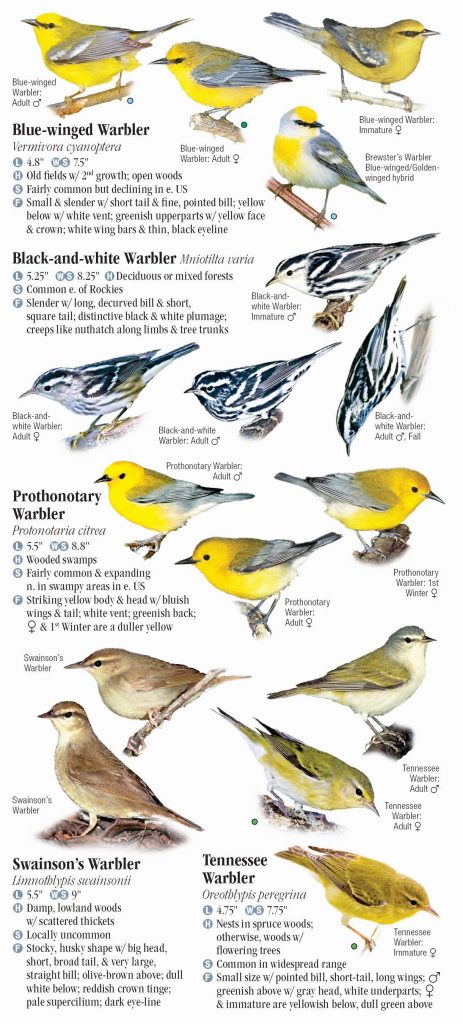
Ok! The feeder is active and you can identify all of your daily favorites. The Cardinal is showing off his color. The Blue Jay is bossing everyone around. The goldfinches have turned their bright yellow and some woodpeckers are showing up. But, wait! Don’t forget the warblers! They’re all over the place! Hundreds of them! They’re in the trees flitting from branch to branch, from tree to tree. Warblers are insect eaters and don’t go to seed-filled feeders. They are, however, all around us. If you look, with binoculars and patience, you will discover a whole new chapter to bird watching. You’ll be amazed at these tiny colored gemstones sifting through the trees right in your own backyard. Here’s my suggestion. Don’t forget the warblers!
There are over 50 warbler species in the U.S. and hundreds more around the world. They migrate in huge numbers giving birders a warblering bonanza every Spring. Getting to know and identify these busy little birds can be a lifetime challenge, but knowing just a few colorful favorites makes a good start. Here are four common favorites that anyone will remember and will open the door to the World of Warblers.
The Blackburnian Warbler: The breeding male is easy to identify with his vivid orange face and throat against his black and white wings and body. Females are more muted. They will feed high in the tops of trees. The male will frequently perch on the highest branch available. These warblers are common in the entire eastern half of the U.S. and winter in Central and South America.

The Black-and-white Warbler: This warbler is a favorite for beginners because he is easy to see and identify. Their entire body is a very flashy black and white striped. The male and female look very similar to each other. This warbler’s behavior is like that of the nuthatch as they “creep” along branches finding insects under bark and patches of moss. Black-and-whites are common into Canada and across the U.S. except west of the Rockies. They migrate into Central and South America.
The Yellow Warbler: This common warbler ranges through Alaska, Canada, the entire U.S. and Mexico. He is bright-yellow with a light chestnut streak and a tinge of green on his back. Females are colored the same less the male’s streaks. The Yellow Warbler will nest in the lower branches of most trees, and will frequently be parasitized by the Brown-headed Cowbird. Should this happen, the Yellow Warbler builds a new nest just above. It’s not uncommon to see up to a half of a dozen nests, one above the other!
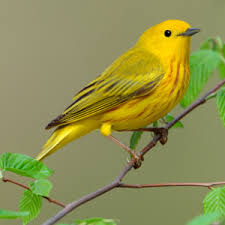
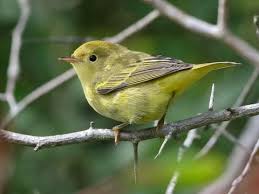
The American Redstart: The male American Redstart is black with bright-orange on the sides, wings, and back. The female is a muted yellow and olive with a gray head. These warblers range through Canada and most of the U.S. except for the far west. Migration takes them through Mexico and Central America. The male Redstart is easy to identify by his striking black and orange Halloween colors as he busily hops from branch to branch. He feeds on insects by startling them from the foliage and flashing his strikingly patterned tail and wing feathers. Ya can’t miss this bird!
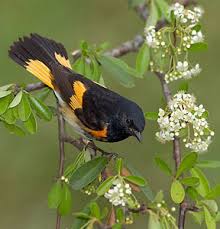

Remember, you won’t find warblers at the feeder. They’re in the trees. Like all of birding, once you identify one bird, it leads you to others. Just finding one or two of these common warblers will introduce you to the World of Warblers. So get out those binoculars! Ya, we all love the Cardinals, Blue Jays and finches, but don’t forget the warblers!
